“Essential spawning grounds of Scottish herring: current knowledge and future challenges” (2022) explores the characteristics, status, and challenges associated with identification of historic and contemporary herring spawning grounds, as well as identifying knowledge gaps regarding location and environmental status of past and current spawning grounds, particularly relevant for Scotland’s west coast. Check out the references for an exhaustive list of information on herring spawning habitat in Scottish and adjacent waters.
“The road to incorporating Scottish pelagic industry data in science for stock assessments” (2023) describes the development of the Scottish Pelagic Industry-Science Data Collection Programme; why and how it started, and what it has taken to develop a routine and consistent voluntary sampling regime of sufficient quality to become the main source of biological data on pelagic fish catches in Scotland.
“Mixed-stock analysis of Atlantic herring (Clupea harengus): a tool for identifying management units and complex migration dynamics” (2023) describes the development and validation of a mixed-stock analysis (MSA) method with 59 single-nucleotide polymorphisms selected from genome-wide data to assign individuals to populations in mixed-stock samples of Atlantic herring from the North and Baltic seas.
“Recently hatched herring larvae sampled by Gairloch” is a news report on the discovery of herring larvae in spring 2022 near Gairloch, Wester Ross by the Wester Ross Fisheries Trust and Gairloch Ecocentre.
“The fish that did not get away – Tales from Herring fishers about the decline of the Wester Ross herring fishery” (2013) is an MSc thesis by Ruby Neervoort that explores the social and political changes in the Wester Ross herring fishery over the last 50 years. 2013, VU University of Amsterdam, Wester Ross Fisheries Trust, and the Scottish Association for Marine Science (SAMS).
“Fish As Food: Anthropological And Cross Disciplinary Perspectives” is a book about fish as food for humans. Humans have had exceptional evolutionary successes resulting in an ever-increasing population that has spread to all areas of our world and exploits a great deal of its resources. Some consequences of these successes are widescale environmental damage and massive loss of biodiversity. Now, the pollution caused by the technologies achieved by humans is damaging the air, the land and the sea and, by altering atmospheric chemistry, is driving climate change leading to global warming – melting ice caps and glaciers and causing floods, storms and fires. These, in turn, impact the capability of the planet to support the provision of food for humans.
“Community-led Marine Biodiversity Monitoring Handbook” is a “how to” guide for community-led marine biodiversity survey and monitoring, supported by NatureScot. The handbook includes an introduction to marine survey in Scotland, equipment requirements, survey methods, and survey data forms to record all the marine life from your local coasts and waters.
“Herring in Divisions Assessment of the Identity of the Southern and Northern Stocks through Genetic and Morphometric Analysis. Final Report.” (2022) is a report on the identity of herring stocks in ICES Divisions 6.a, 7.b and 7.c, through genetic analysis.
“Reports on the industry-science survey of herring in the Western British Isles (ICES DIV 6A,7BC)” are the Scottish Pelagic Fishermen’s Association reports on industry-led herring surveys between 2016-2021.
“Species Distribution Modeling Predicts Significant Declines in Coralline Algae Populations Under Projected Climate Change With Implications for Conservation Policy” (2020) explores the projected geographic range shift of maerl in Scottish waters and informs on priority areas for future conservation efforts to maximize the long-term survival of this important ecosystem.
“Scotland’s Marine Assessment 2020” reports on progress towards Scotland’s vision of seas that are ‘clean, healthy, safe, productive, biologically diverse marine and coastal environments, managed to meet the long-term needs of nature and people’.
“The Great Herring Mystery” is a June 1955 archival article by Norman Creighton for Canadian magazine MacLean’s.
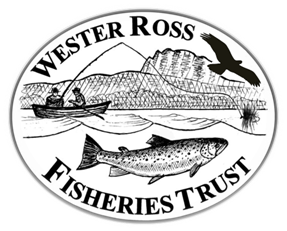
The Wester Ross Fisheries Trust aims to respond to the need for solutions to fisheries problems and improve the management of wild fisheries.
Check out their downloads page for helpful resources, including reports of herring spawning in 2018/2019 and herring larvae in Loch Gairloch in 2022, and Facebook page to keep up to date.
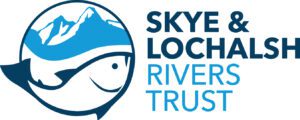
The Skye and Lochalsh Rivers Trust is an organisation dedicated to conservation and management of river systems and associated aquatic wildlife found across the Isle of Skye and the Lochalsh region in the north west coast of Scotland. Check out their Facebook page to keep up to date.
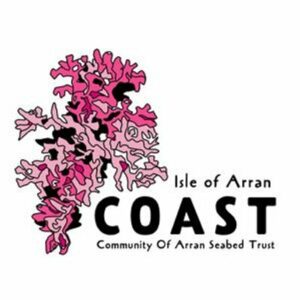
The Community of Arran Seabed Trust (COAST) is a community-led organisation that has made a huge difference to the conservation and restoration of the seas around Arran and the Clyde for the past 25 years. COAST established the first community-led No Take Zone in 2008 in Lamlash Bay (NTZ), which was subsequently extended to the South Arran Marine Protected Area in 2016.
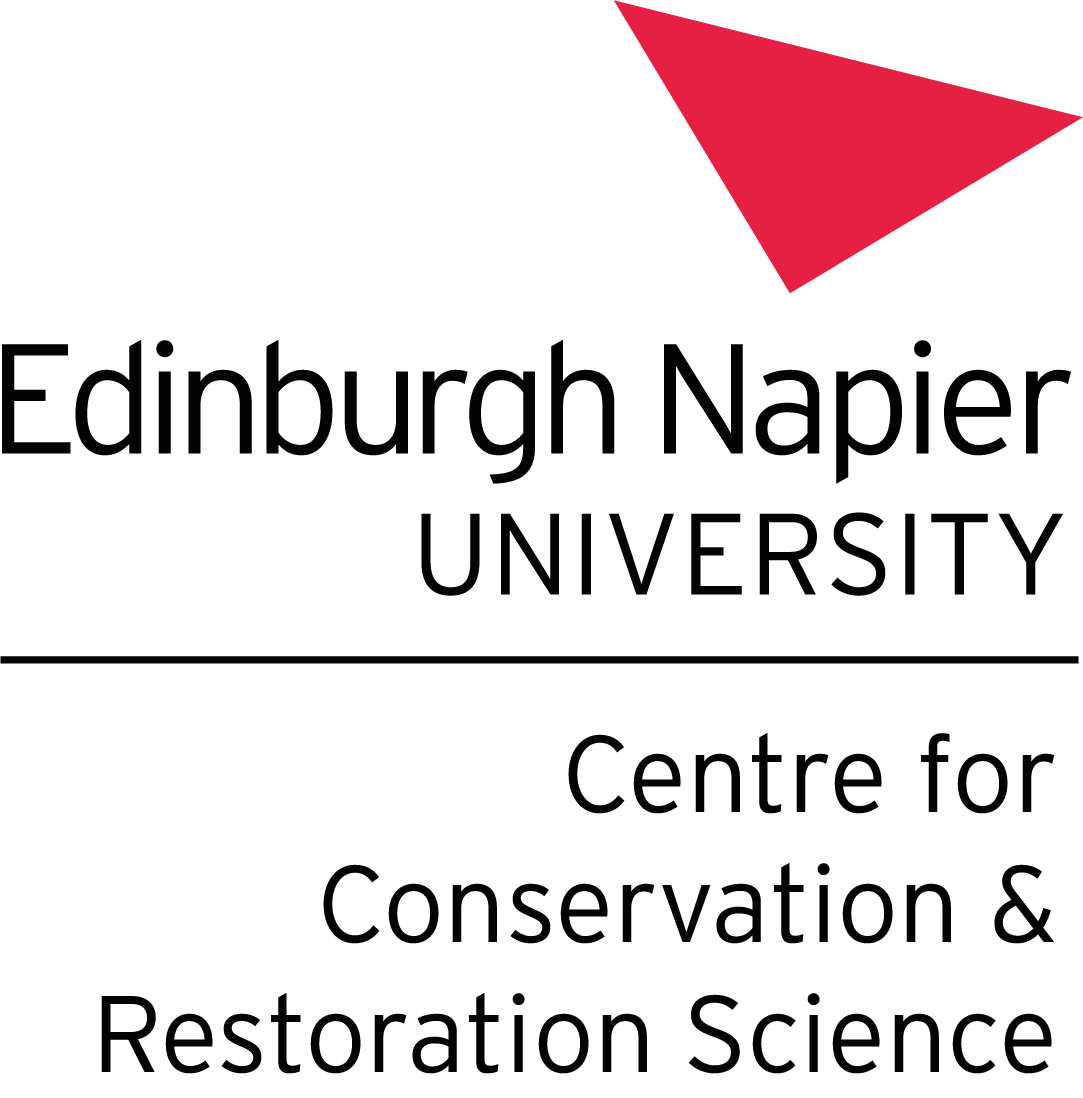
The Centre for Conservation and Restoration Science (CCRS) is an interdisciplinary research centre committed to delivering innovative science and solutions to help conserve, rebuild and enhance biodiversity and ecosystems.

The Coastal Communities Network provide support for coastal communities and bring together a network of community-led voices for marine protection in Scotland. They are a collaboration of 23 individual community-based groups engaged in locally appropriate action for nature recovery.
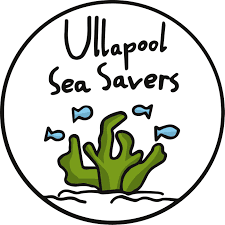
The Ullapool Sea Savers is a group of passionate, articulate, well-informed and dedicated young people from Ullapool, Scotland that came together to raise awareness of the challenges facing the local marine environment and to celebrate and promote all that is wonderful about the sea around Ullapool.
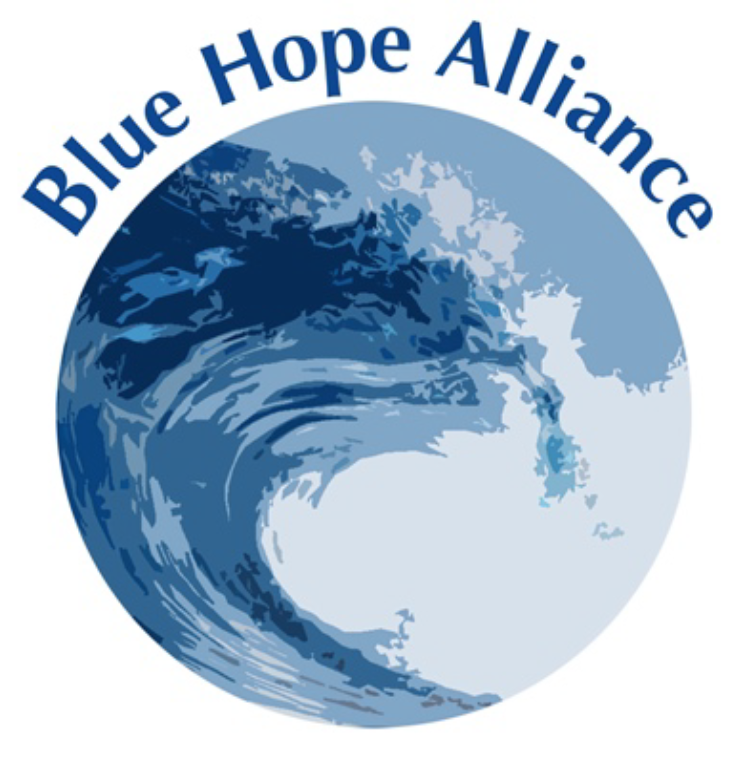
The Blue Hope Alliance is a voluntary citizen science survey coalition working together to document and protect the ecosystem. The Blue Hope Alliance model was created as a cross sector alliance of stakeholders, community groups, individuals and divers interested in the recovery and restoration of the sea.
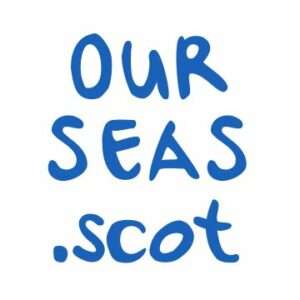
OurSeas is an alliance of Scottish organisations, businesses, communities and individuals that support a move to sustainable use of Scottish coastal seas.
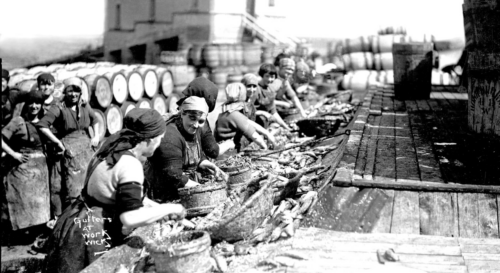
The Wick Society‘s Johnston Photographic Collection features the work of 3 generations of Caithness photographers who captured images of the lives of those living and working in the area, including the famous “gutter girls” and fishers during the herring boom.
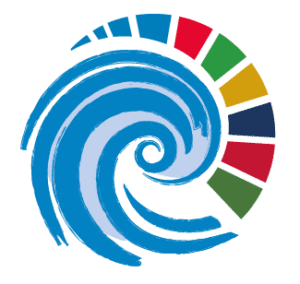
The United Nations Decade of Ocean Science for Sustainable Development website is where you can discover information on the Ocean Decade, a call for “The Science We Need for the Ocean We Want”.

The United Nations Decade on Ecosystem Restoration is calling for “Preventing, halting and reversing the degradation of ecosystems worldwide” – a global rallying cry to heal our planet.
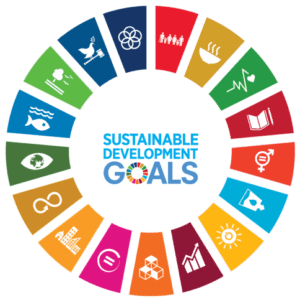
The United Nations Sustainable Development Goals (SDGs) are an urgent call for action by all countries – developed and developing – in a global partnership. They recognize that ending poverty and other deprivations must go hand-in-hand with strategies that improve health and education, reduce inequality, and spur economic growth – all while tackling climate change and working to preserve our ecosystems.
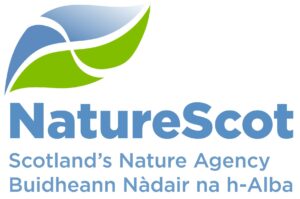
NatureScot is the lead public body responsible for advising Scottish Ministers on all matters relating to the natural heritage, working to improve the natural environment in Scotland and inspire everyone to care more about it.
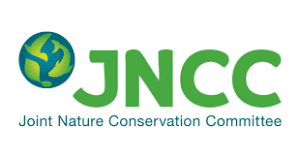
The Joint Nature Conservation Committee (JNCC) is the lead public body responsible for advising Scottish Ministers on all matters relating to the natural heritage, working to improve the natural environment in Scotland and inspire everyone to care more about it.

Marine Scotland Science is the scientific division of the Marine Scotland Directorate and supports the Scottish Government’s vision of marine and coastal environments that are clean, healthy, safe, productive, biologically diverse and are managed to meet the long-term needs of both nature and people.
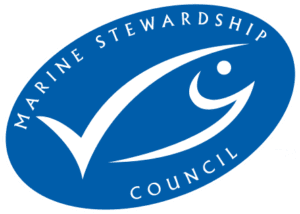
The Marine Stewardship Council (MSC) is an international non-profit organisation on a mission to stop overfishing. They work with fisheries, seafood companies and scientists with the aim to protect the oceans and safeguard seafood supplies.
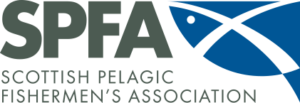
The Scottish Pelagic Fishermen’s Association Ltd (SPFA) currently fish the North Sea, West of Scotland and Atlanto-Scandian herring stocks. The association formed during the crisis facing the herring industry in the 1930s and aims to promote and protect the interests of the Scottish pelagic fishing fleet at the national and international level.
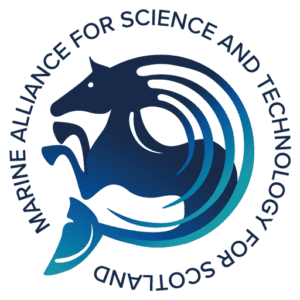
The Marine Alliance for Science and Technology Scotland (MASTS) Fisheries Science Forum aims to be a collective world class fisheries science facility, which provides research and advice relevant to sustainable fisheries management.
Rigby’s Encyclopaedia of the Herring (aka The Herripedia). Encyclopaedia entries accessible alphabetically and by theme: history, science, culture, fishing and/or food.
Andy Jackson’s stunning underwater footage of a herring shoal spawning off Wester Ross in 2019
Little Green Island Films’s video of herring spawning on maerl off Wester Ross in 2018
Little Green Island Films’s story of the Wester Ross Marine Protected Area and the incredible seabed habitat that is home to some fantastic creatures
“Living on the (knife) edge: mapping the physical & metaphorical journeys of the Scots herring girls” is Professor Donna Heddle’s fascinating talk about herring lassies
How herring farts almost lead to a diplomatic crisis: Magnus Wahlberg at TEDxGöteborg
YouTuber Thoughty2 explains how “Herring Use FARTS to Talk to Each Other”
Email: [email protected]